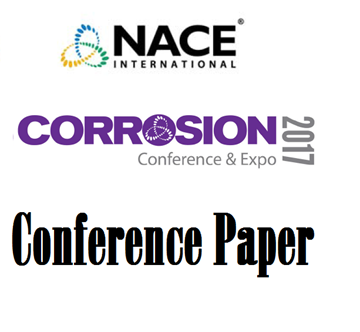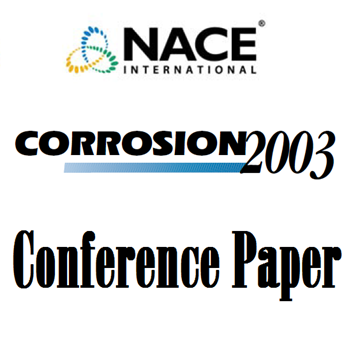Search
51315-5467-Use of DL-EPR to Evaluate Small 304SS Welds for Susceptibility to SCC
Also Purchased
Optimization of the DL-EPR Method for Detecting Sensitization in Alloy 690
Product Number:
51317--9037-SG
ISBN:
9037 2017 CP
Publication Date:
2017
$20.00
03133 HYDROGEN EMBRITTLEMENT OF NICKEL BASE ALLOY, UNS N07750, IN SOUR GAS ENVIRONMENT
Product Number:
51300-03133-SG
ISBN:
03133 2003 CP
$20.00
03126 PHYSICAL METALLURGY OF ALLOYS 718, 725, 725HS, 925 FOR SERVICE IN AGGRESSIVE CORROSIVE ENVIRONMENTS
Product Number:
51300-03126-SG
ISBN:
03126 2003 CP
Publication Date:
2003
$20.00




